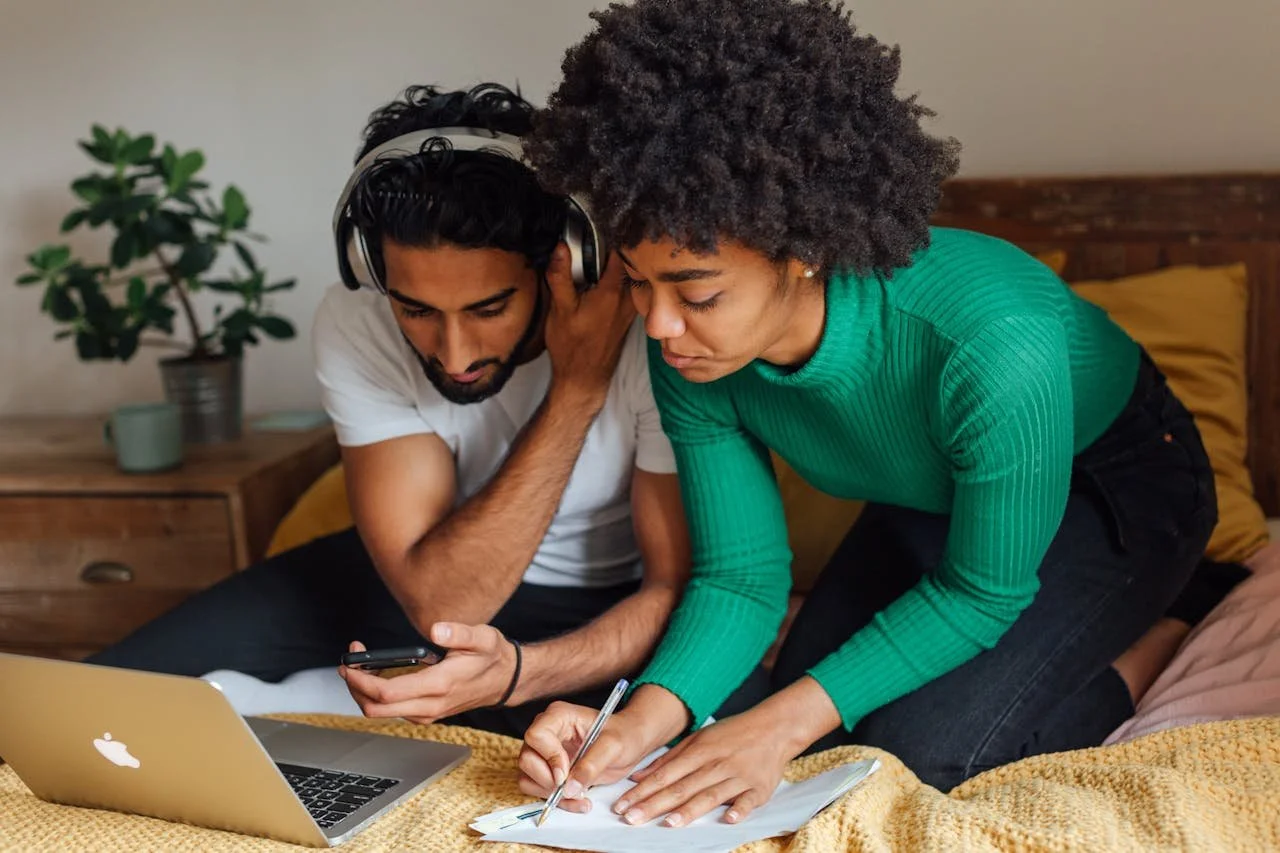Apple users can turn off volume limit warnings
by Daniel Fink, MD, Chair, The Quiet Coalition
Photo credit: Viktoria Slowikowska
The 9to5Mac website tells people how to turn off headphone volume limit warnings on Apple’s iPhones and iPads. I’m sure there is similar information available for other device manufacturers. I have read that most middle-schoolers and teens know how to disable these warnings — along with other limits like parental controls — far better than their parents do. If they don’t know, it’s likely that one of their friends does, and if not a friend, perhaps the friend’s older sibling.
If anyone bothers to read the user directions after purchasing a new cellphone, personal listening device or tablet, it almost always includes information about hearing, parental controls, safe listening and various protections including volume limit warnings.
I haven’t bothered to check the current safe listening information for any devices, but have done so in the past. If one reads the information, it sure looks like it was written by attorneys not by medical doctors or audiologists. That way, no user can claim not to have been warned about the dangers of hearing loss from personal listening devices.
The World Health Organization and the International Telecommunications Union have published guidelines for manufacturers of personal listening devices and more recently, guidelines for gaming devices. In my cynical opinion, the unstated goal of these guidelines isn’t to protect hearing. If followed, they provide legal cover against any liability claims for auditory damage, and also allow manufacturers to follow one global standard rather than varying standards for different countries.
I have two concerns about the WHO and ITU standards. First, I think the safe listening limits are too high. The actual safe listening limit may be only 55 A-weighted* decibels (dBA) for a single noise event, and a daily average of only 55-60 decibels. Second, I don’t think the time limits reflect the reality of almost continuous use of these devices by young people, including listening to loud music when going to sleep.
Users rarely listen to their devices using the tinny speakers inside. They instead use headphones or earbuds. To overcome ambient noise levels, they almost always listen at too-high sound output levels. The sound is delivered directly to the pinna, the technical term for the outer ear, by headphones, or into the external auditory canal by earbuds. Both forms of sound delivery are different from “free field” sound exposure from a more distant source.
That’s why I always tell people: “If you’re looking for safe headphones or earbuds, that’s like looking for safe cigarettes. You won’t find them!”
*A-weighting adjusts decibel measurements to approximate the frequencies heard in human speech.

